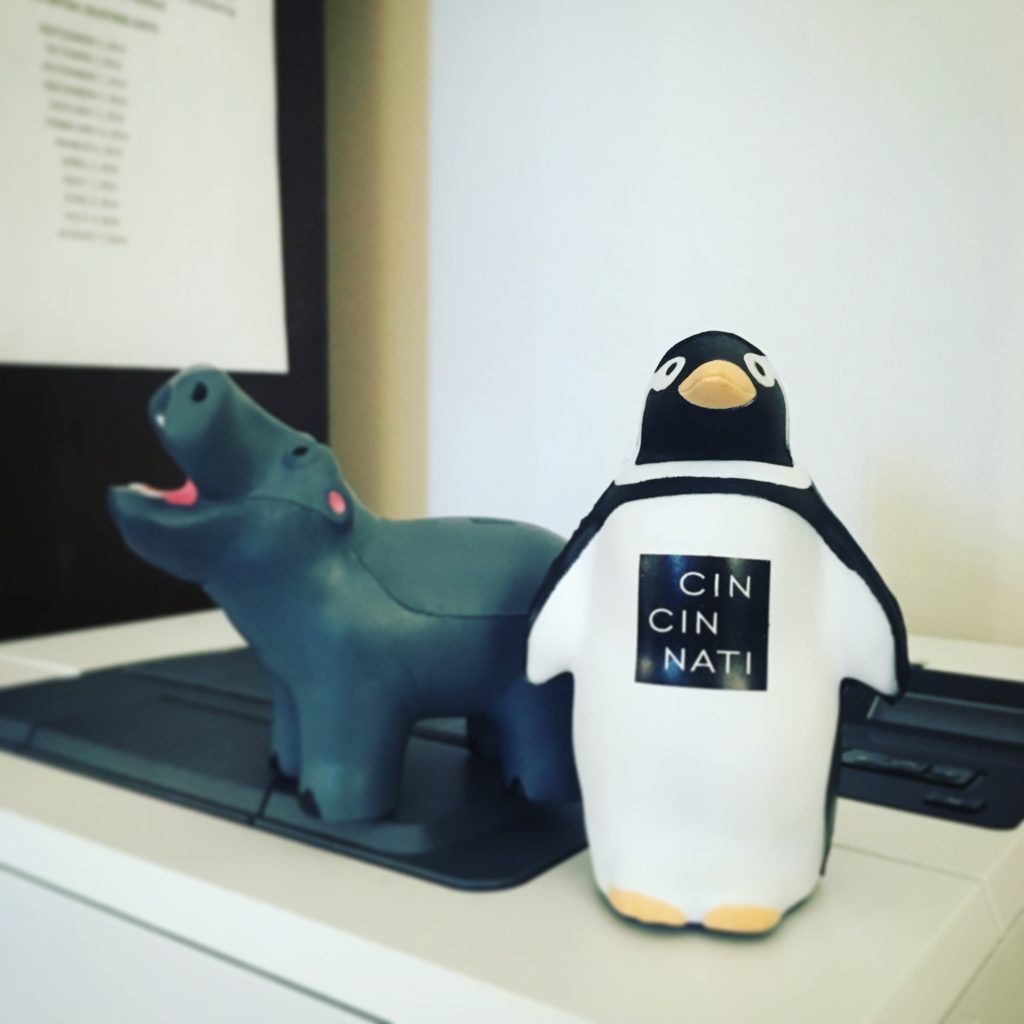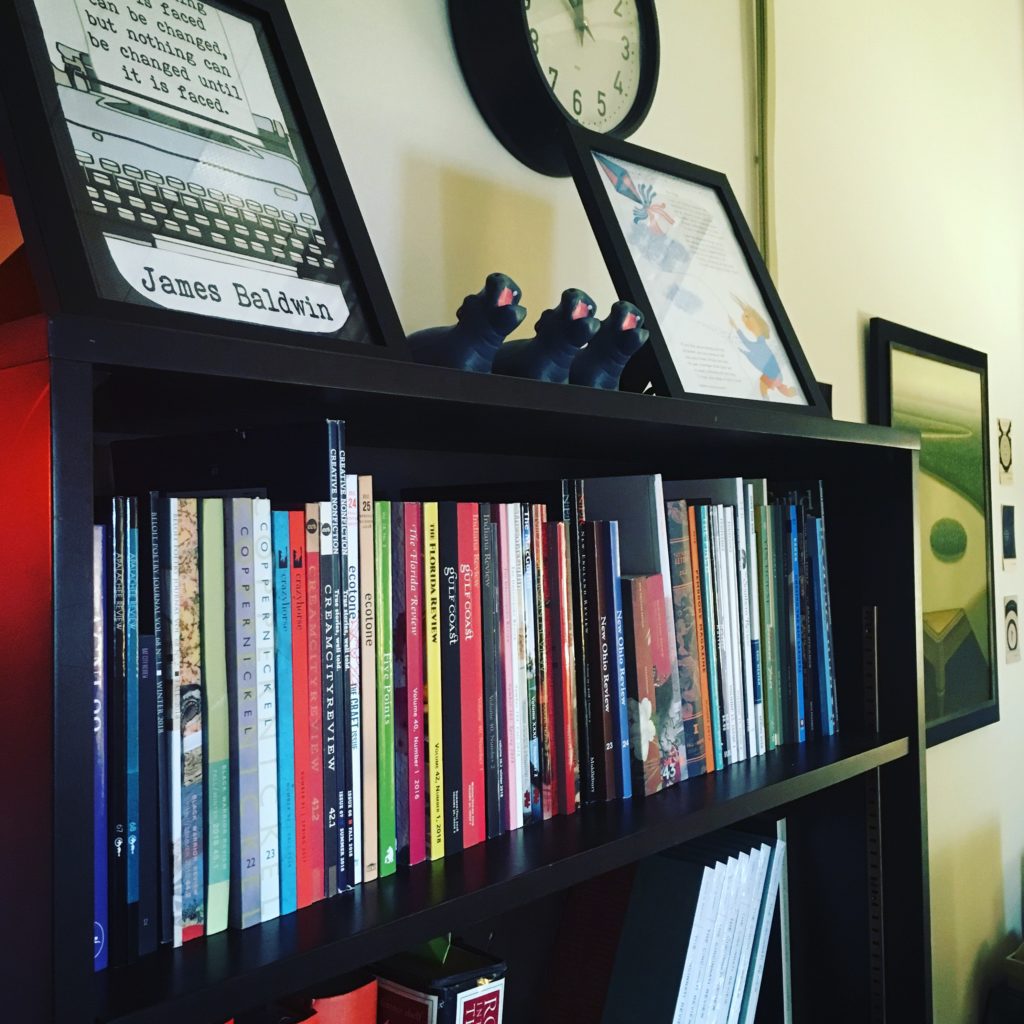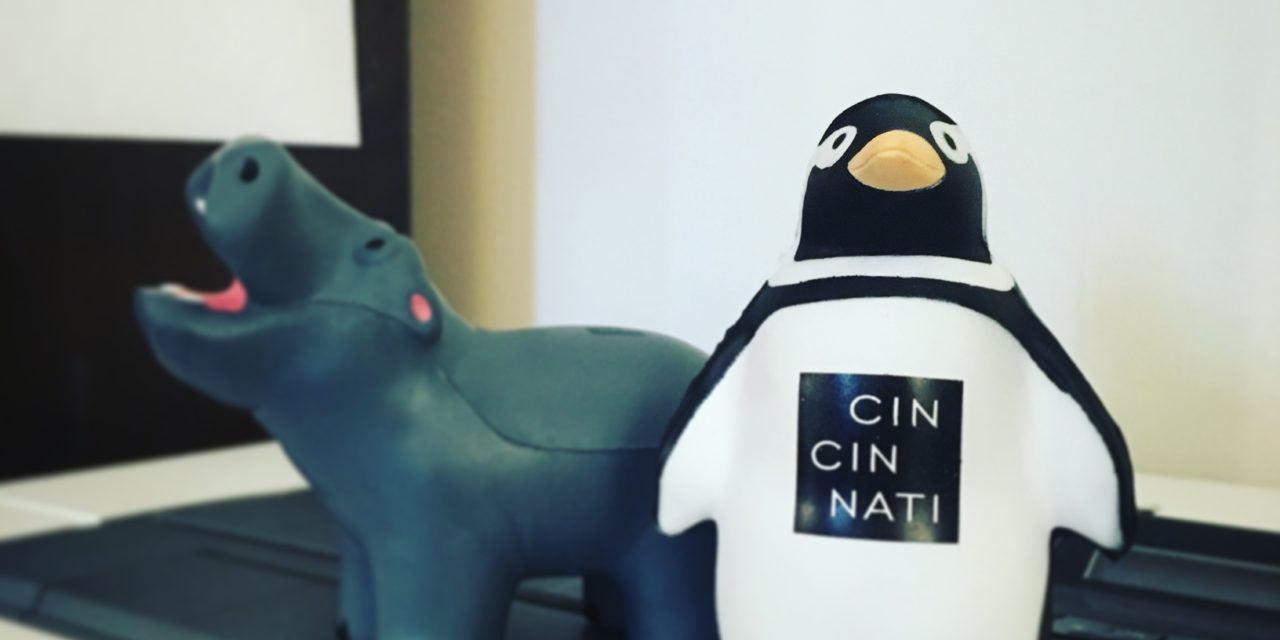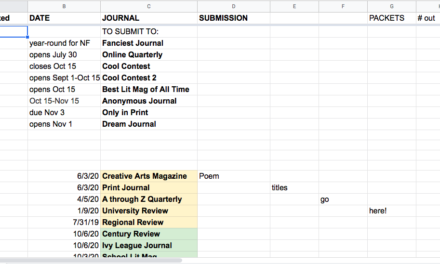
Assistant Editor Jess Jelsma Masterton: By far, my favorite part of working as a graduate student editor at The Cincinnati Review has been reading through submissions. I love getting a feel for the breadth of work that is being submitted, and there’s no excitement quite like finding that perfectly crafted piece that gets everyone in the office talking. I’ve learned so much from what my fellow editors have to say about why a story, essay, or poem works for them, and though we all have different aesthetic preferences, we truly do collaborate on our selections and throughout the copyediting process.
Perhaps that’s why our miCRo series is so special to me. Unlike the pieces in our print issues, which are ultimately selected by our wonderful genre editors Michael Griffith, Rebecca Lindenberg, Brant Russell, and Kristen Iversen (or our guest editors), miCRO is curated entirely by our three graduate student editors. That means we get to read the pieces as they come in, discuss those that stand out to us, and select the ones we’d like to publish, often with a much faster turnaround time than our regular submissions. As graduate student editors, we also have the privilege of communicating directly with the authors of the pieces we love, and can promote and support the flash stories, essays, and poems each week when the new miCRo goes live on Wednesday morning.

We’ve published so many great pieces over the last year and half, and have been honored to see several of our miCRos go on to win awards and be selected for anthologies. Within the last year, “Iraq Good” by Hugh Martin was chosen for the The Pushcart Prize XLIII: Best of the Small Presses, 2019 edition, and three other miCRos were chosen for Best Microfiction 2019!
So, what exactly are we looking for when we read through miCRo submissions?
Associate Editor Molly Reid: When I’m reading for miCRo, I’m looking for stories that are strange and true. I love pieces that feel slightly off-kilter, that use language in unexpected ways. I’m not talking about lyricism necessarily (though I do lean toward the lyrical), but a sense that the writer is using words to create an experience. Often this doesn’t include plot or character development in the ways they’re traditionally thought of; to me, a good micro draws your attention to a thing—an object, an emotion—at an angle you’ve never seen before. You recognize it, but it’s also strange. You reread, and it becomes stranger. You understand something about time and its elasticity. You weep.
Associate Editor Caitlin Doyle: When reading submissions for the miCRo series, I’m looking for poems in which the writer forges a meaningful relationship between form and content. I’m eager to come across fresh and carefully honed language that lives in the mind long after a poem has been read. Frequently, the poems that most grab my attention are those that possess paradoxes, shadows, and unresolvable tensions. Another quality that makes a poet’s work leap out of the submission pile is an artful use of sonic components, an engagement with sound that deepens and complicates a poem’s potential range of implications.
As for me? I’m a craft girl at heart. I want to see poems and flash pieces that are tight in their construction, that make meaningful use of every word and formal element that appear on the page. I love pieces that experiment with white space and form, that make meaning not only with what is present (what is said), but also what is absent (what remains unspeakable or otherwise relegated to the shadows). Something needs to drive the piece, be it voice, instigating event, experimental form, or lyric language. I like pieces that are timely, that have an important message to relay, and that look at the world in an unexpected way.
To submit to our miCRo series, please visit our submission guidelines and follow directions for length, etc. We’re open year-round for miCRo submissions, except during our summer contest!











